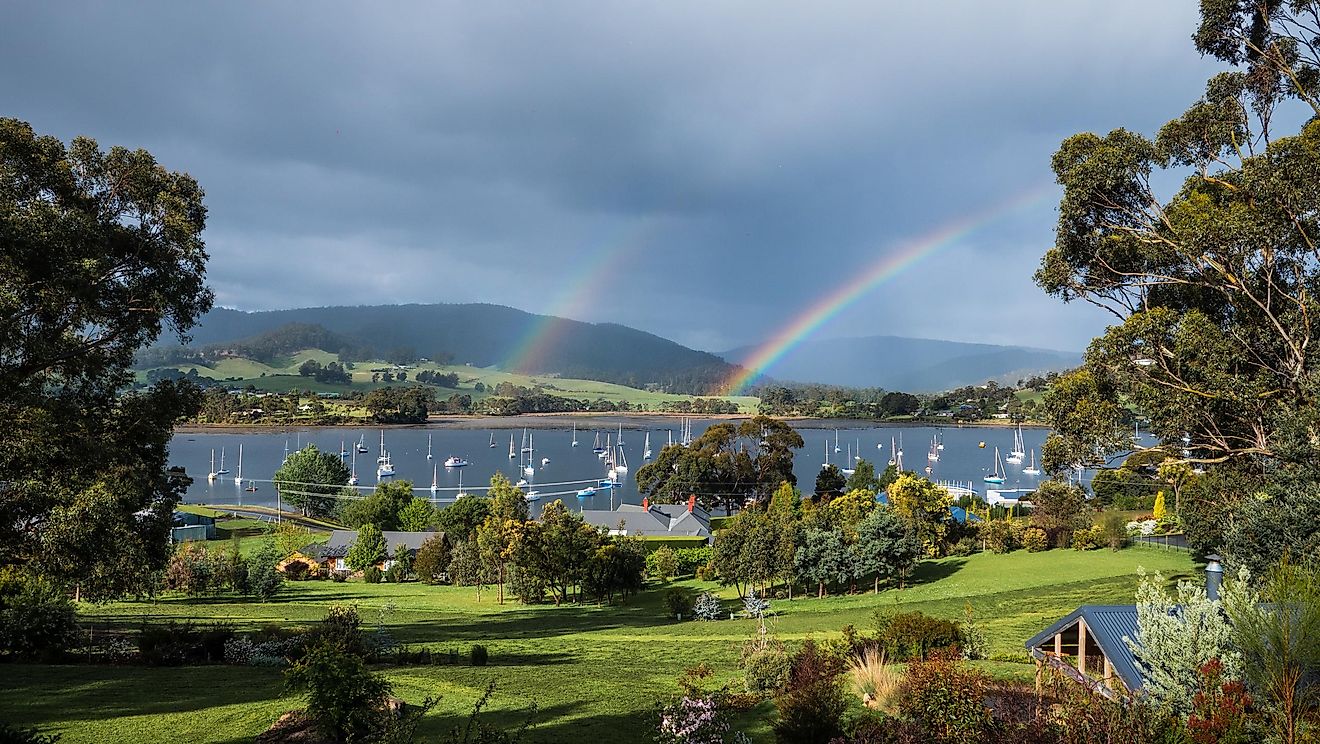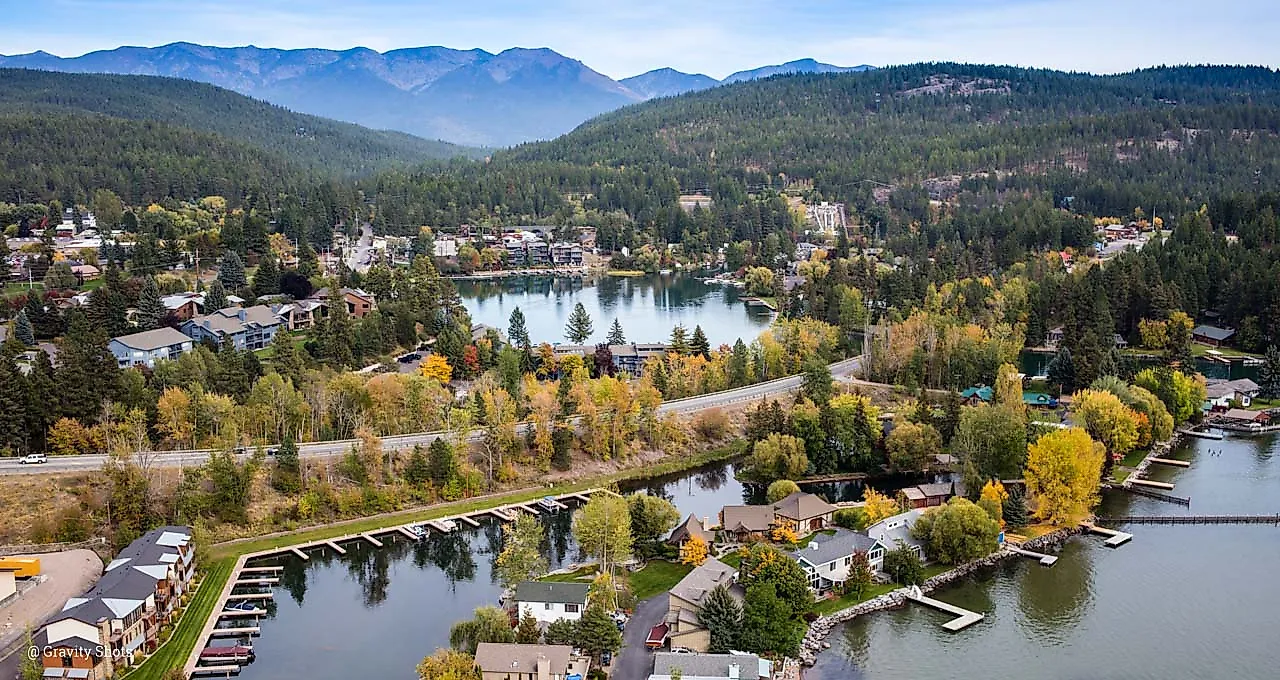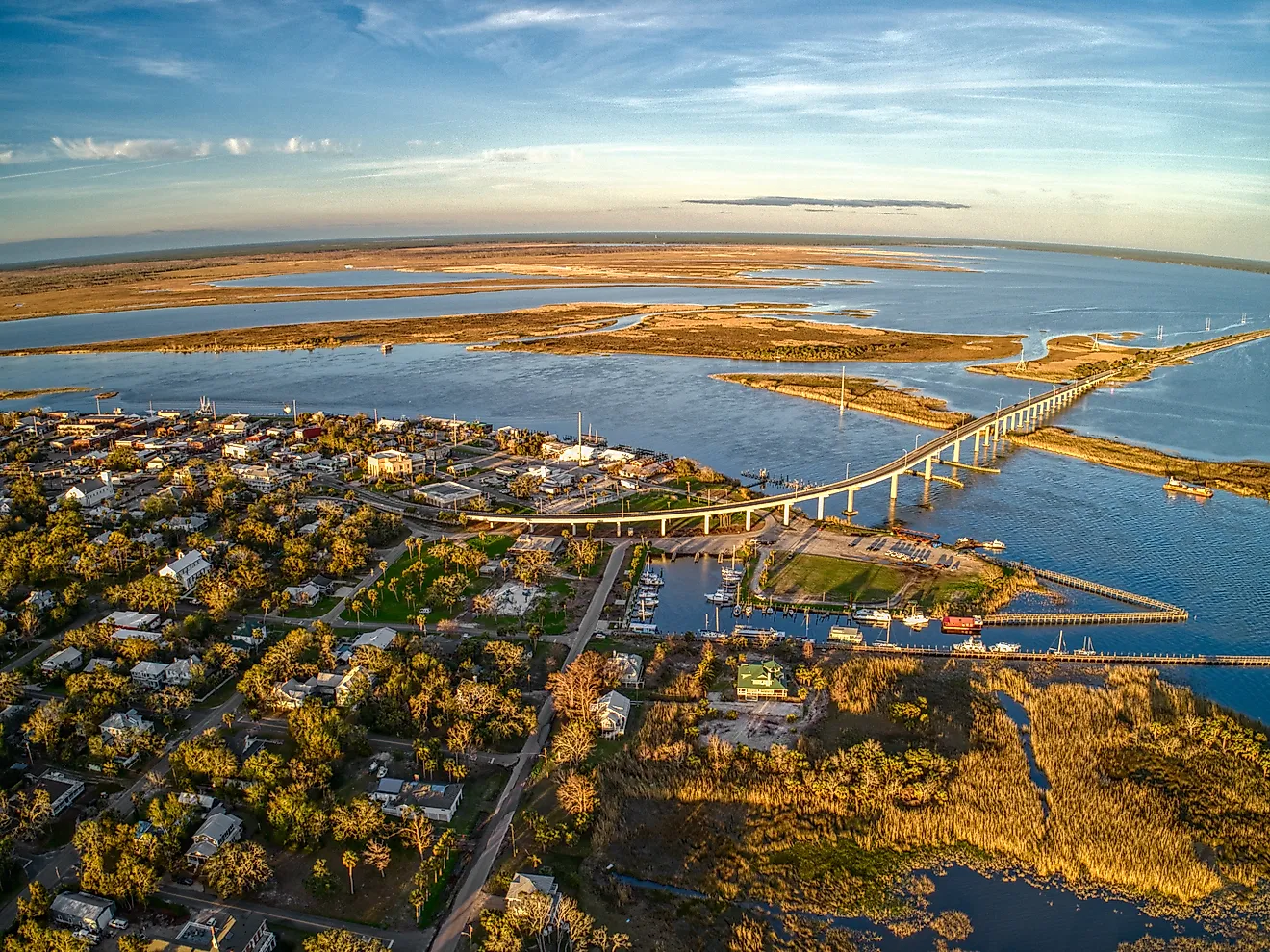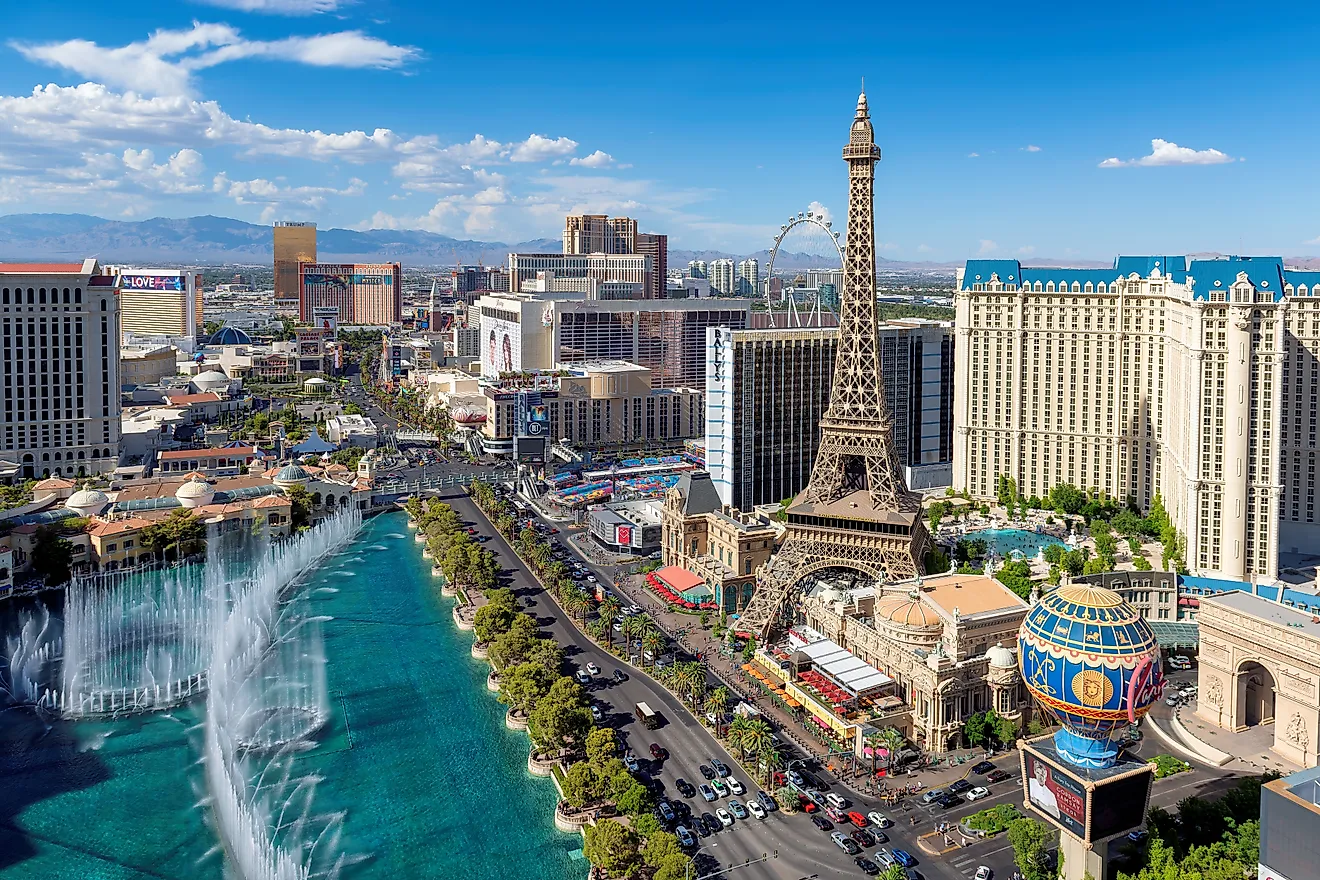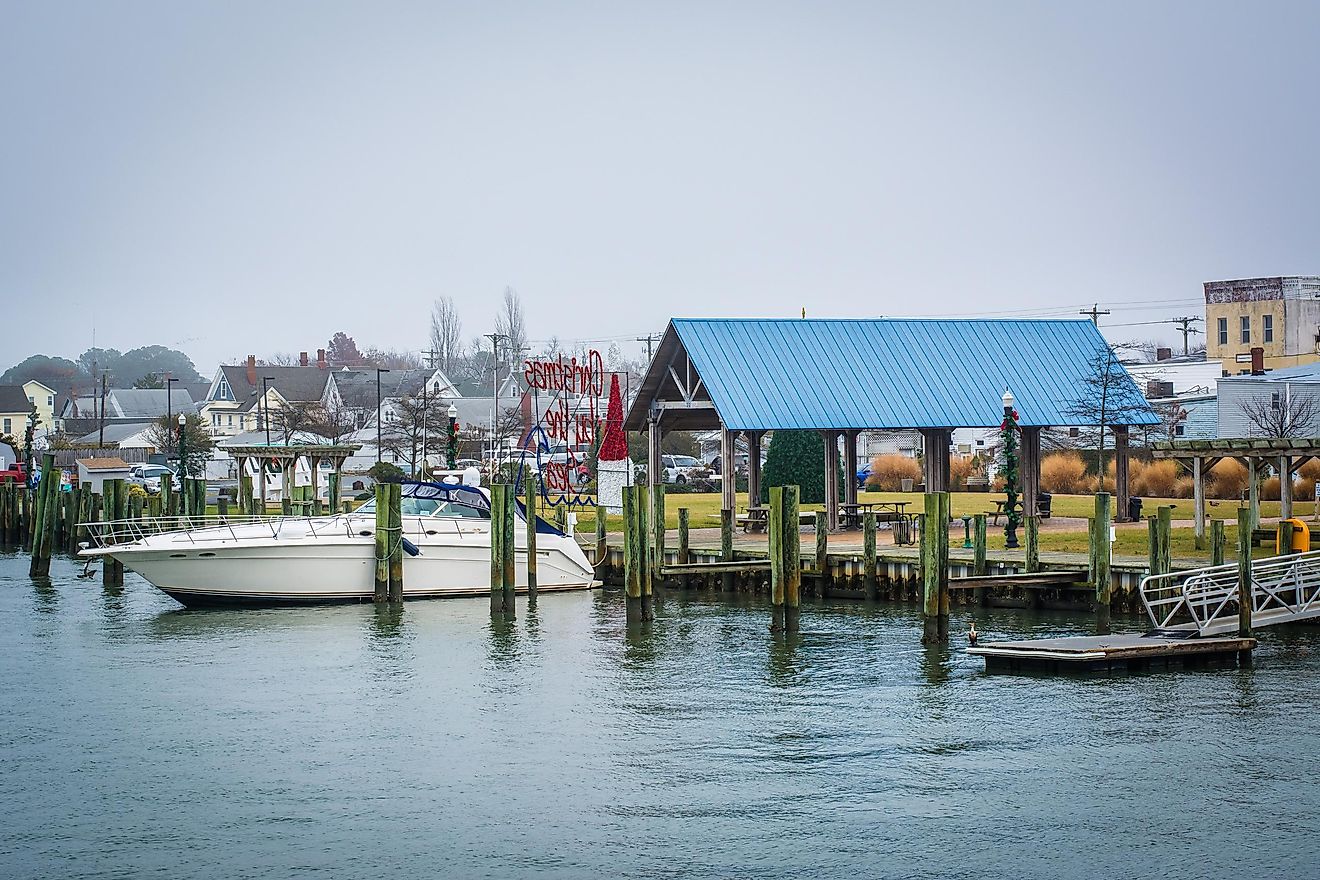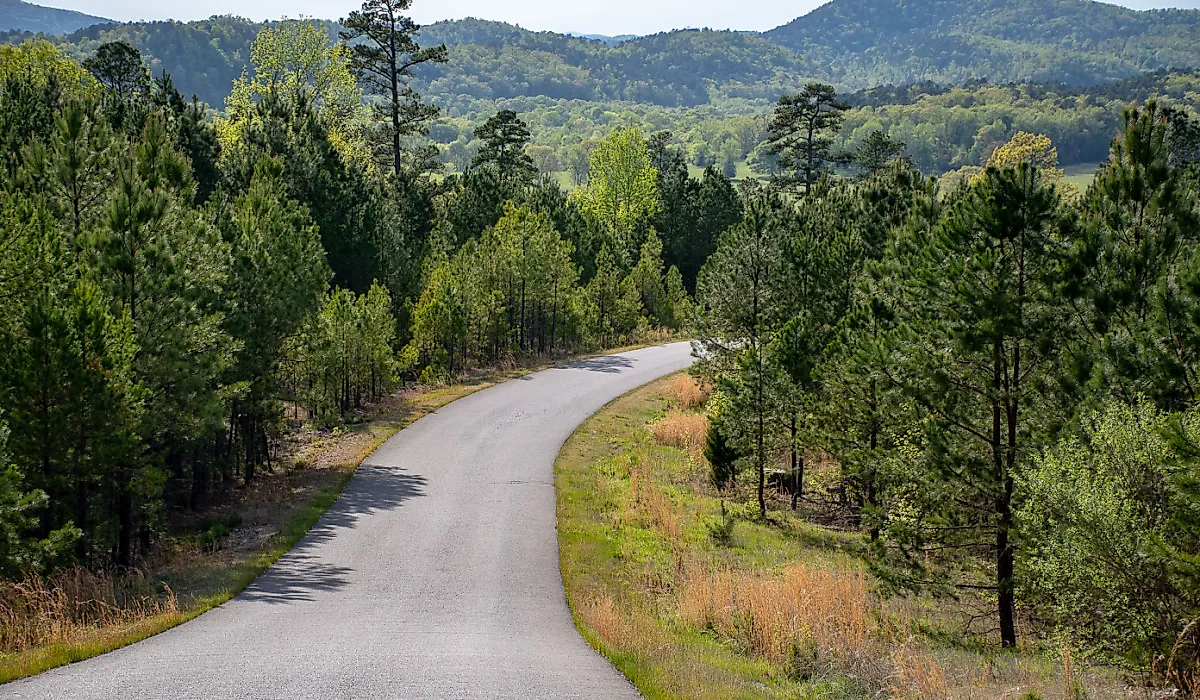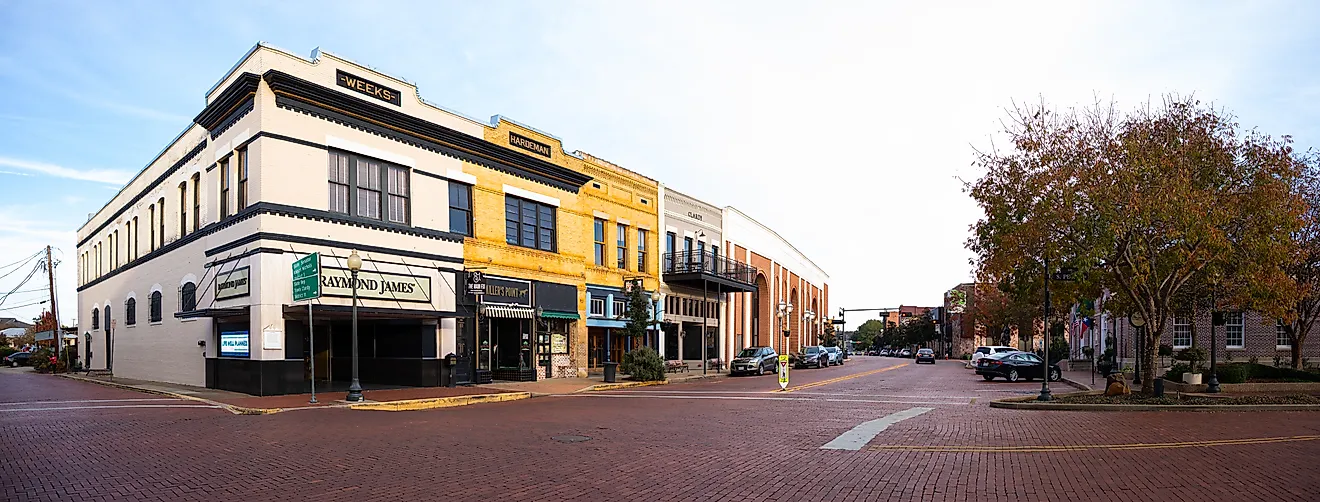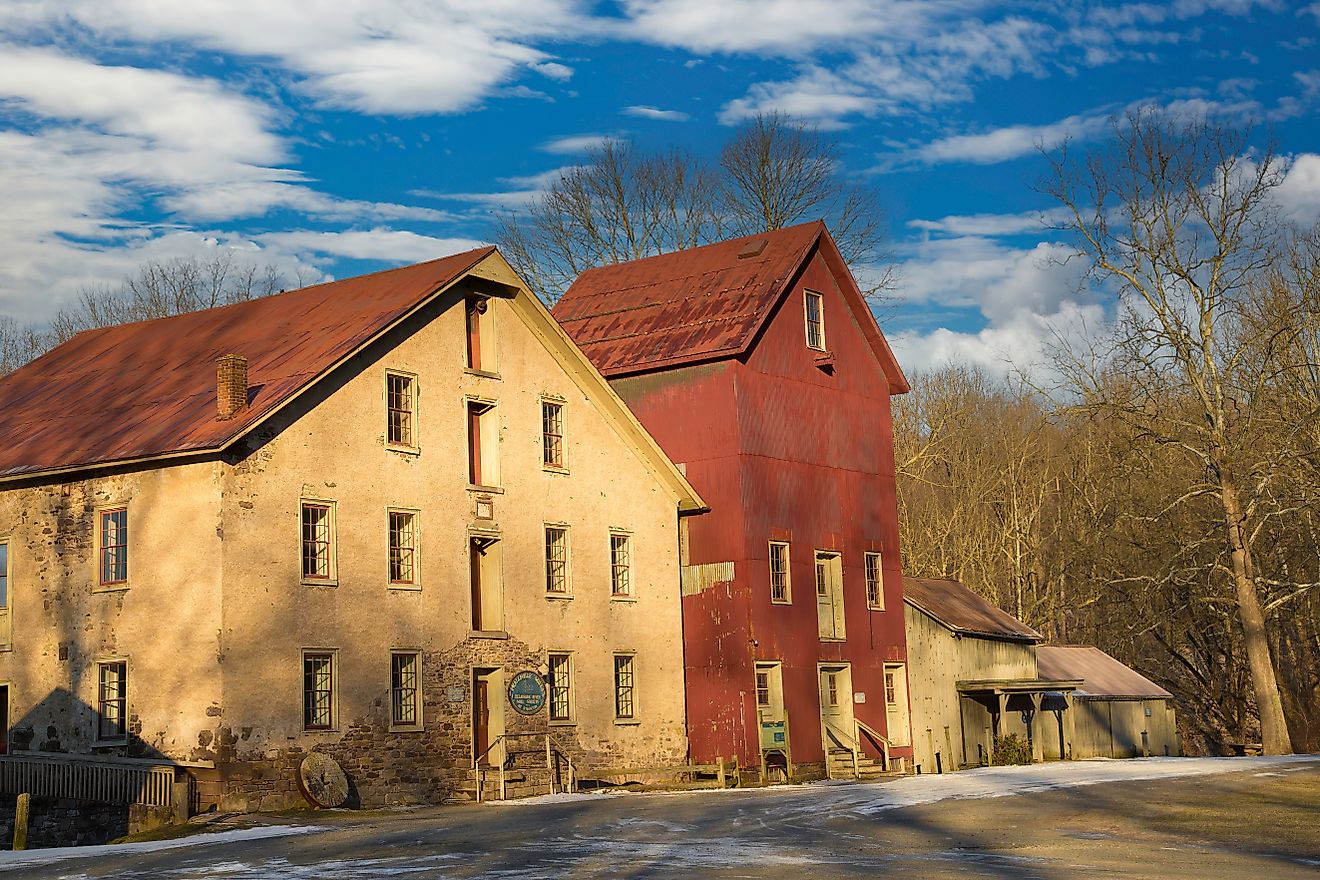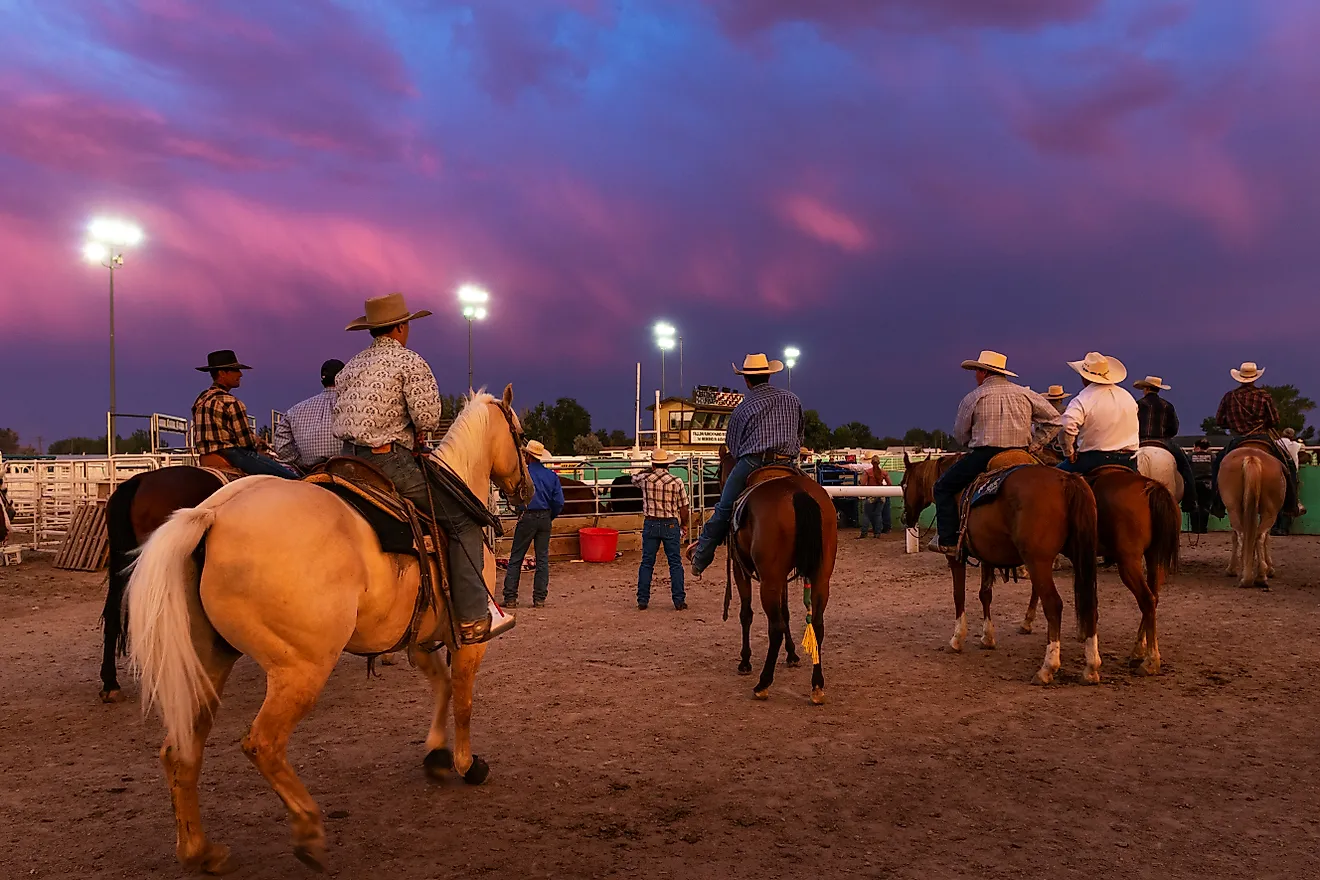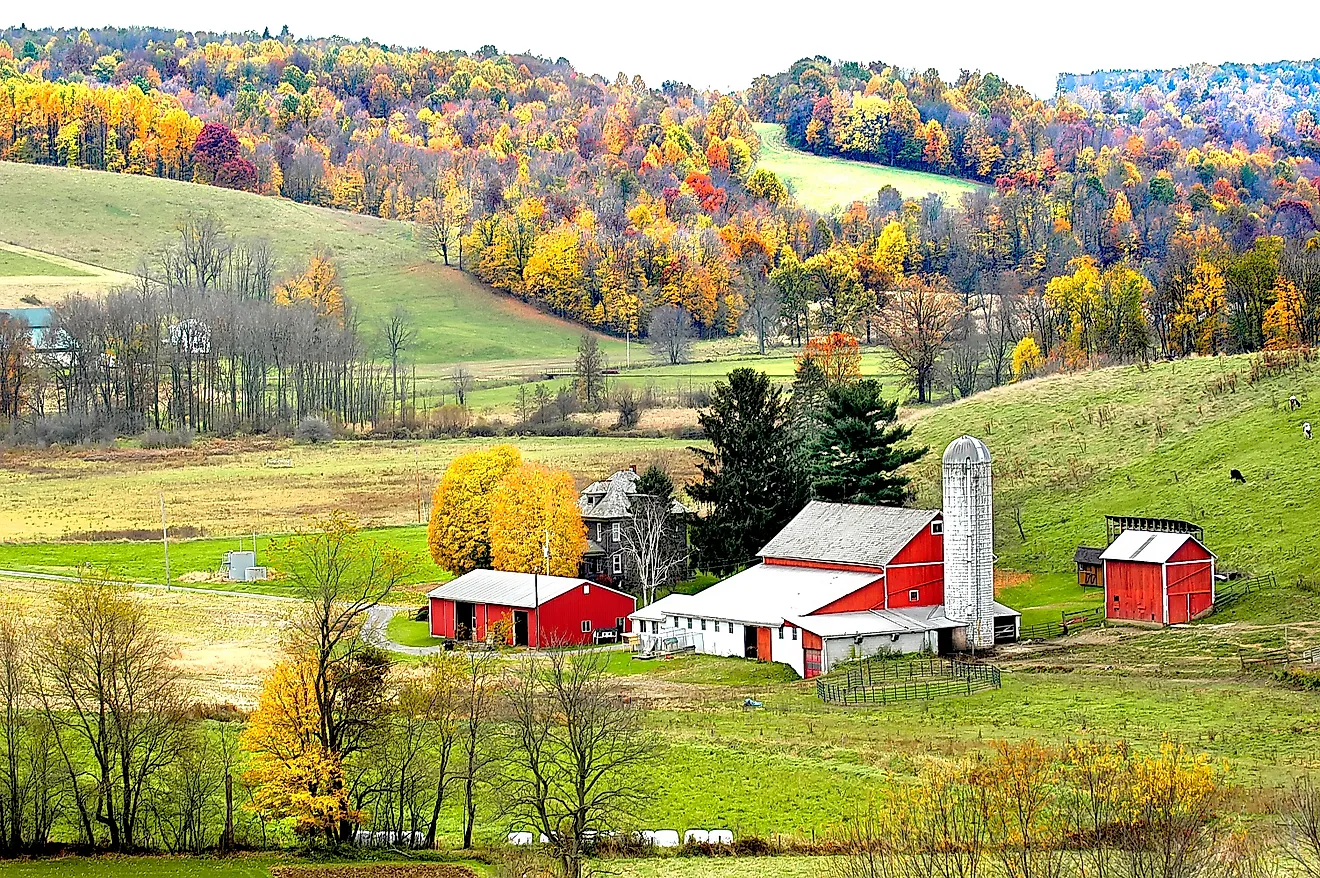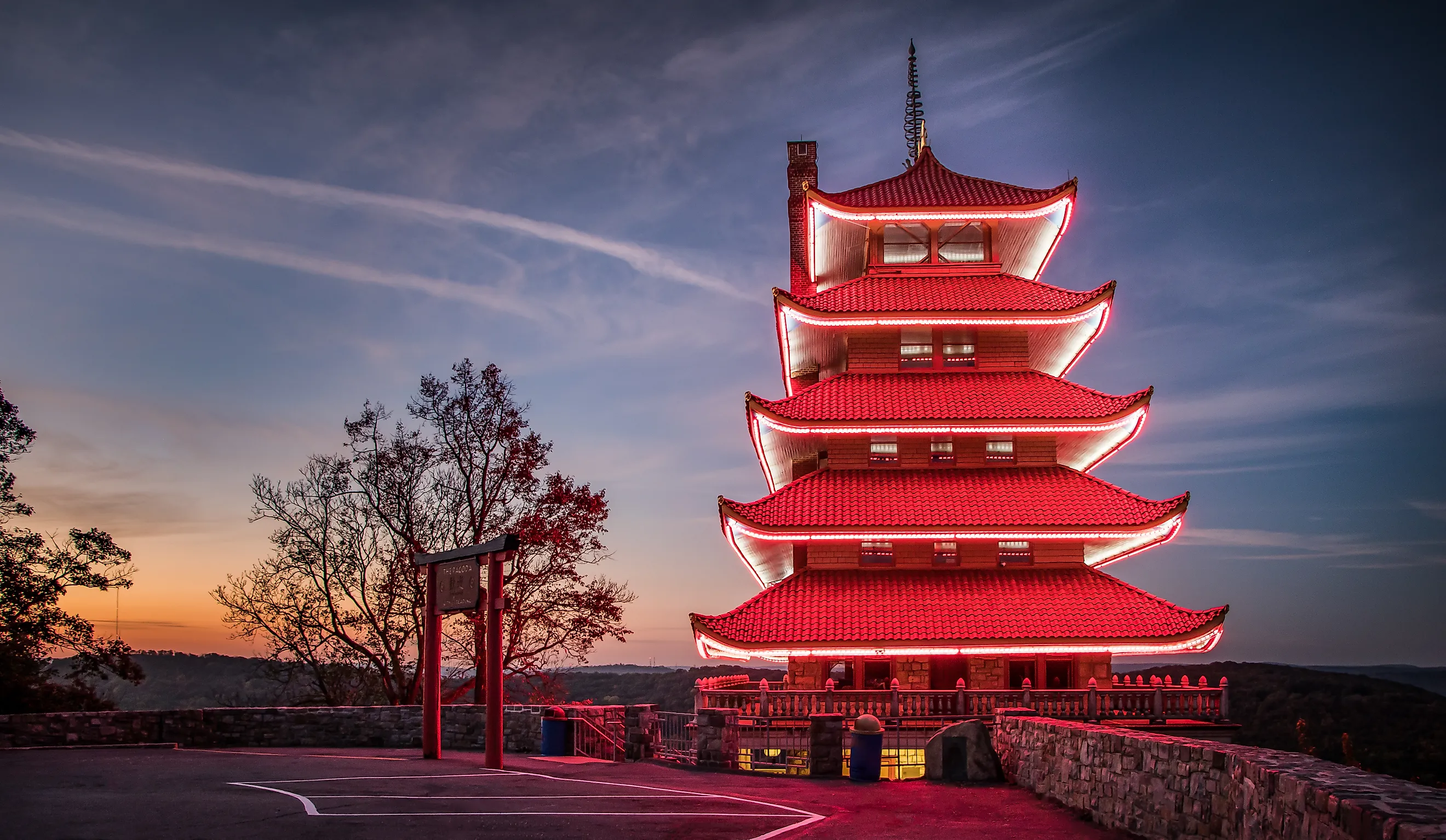
8 Of The Most Bizarre Landmarks In Pennsylvania
Steeped in history, Pennsylvania also relishes its wild side as home to eight of the most bizarre landmarks. From giant clothespins glaring down at the Founding Fathers to drive-ins that started with a simple bedsheet and a big dream, the Keystone State is peppered with landmarks that are less Liberty Bell and more Pied Piper. Whether you’re into atomic relics, glass bottle trees, or tiny chapels with big backstories, these bizarre and lovable stops prove that weird is just another word for unforgettable.
Shankweiler’s Drive-In Theatre, Orefield
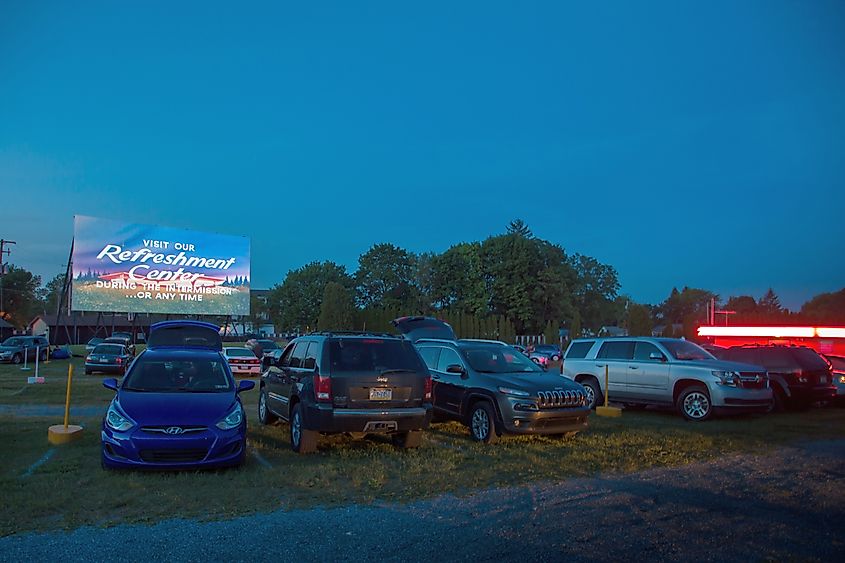
While some might view Shankweiler’s Drive-In Theatre as more beautiful than bizarre, its MacGyver-like origins are definitely out there in the strange category. Opened on April 15, 1934, as Shankweiler’s Auto Park, it began as a makeshift setup of a bedsheet hung between two poles behind Wilson Shankweiler’s restaurant and hotel. Today, it has become the oldest operating drive-in theatre in the world, the second drive-in ever built in the United States, and a Guinness World Record holder. While the restaurant and inn closed in 1993, the nostalgic drive-in celebrated its 90th anniversary in 2024 by re-creating the early days of drive-ins, complete with antique cars and a moonlit showing of “Godzilla vs. Kong.”
Shankweiler’s is an endearing and historic landmark that still attracts throngs of modern moviegoers. They may not be watching silent movies of a bygone era or listening to sound from the external car speakers on poles introduced in 1948, but they are still enjoying the experience of watching movies under the stars.
Decker’s Chapel, St. Marys
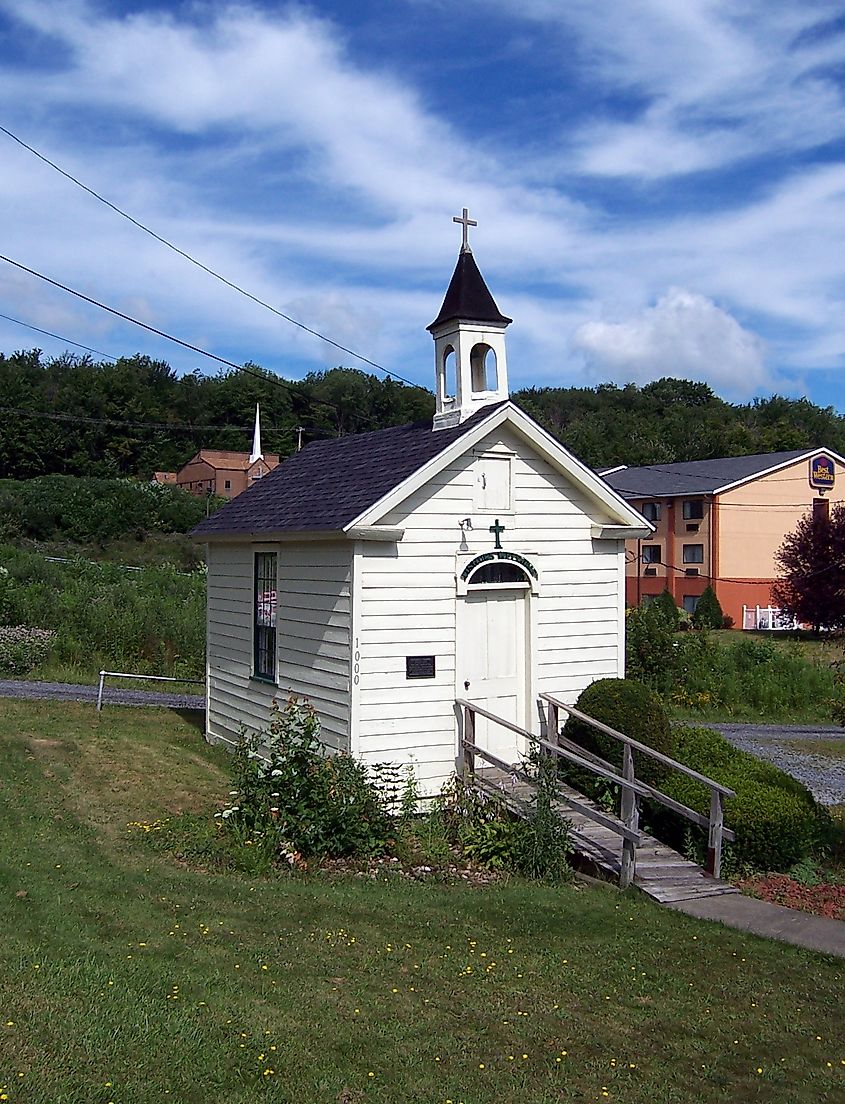
Decker’s Chapel in St. Marys is one of the smallest churches in the world. It was built by Michael Decker, a profoundly religious German Catholic from Parsberg, Bavaria, Germany, who fell from a tree in his orchard and injured his back. Vowing to build a chapel if he recovered from his injury, the tiny place of worship was built around 1856. Over the years, it has undergone renovations, including the addition of electricity in 1955 by the Knights of Columbus, who served as custodians of the chapel for over 25 years. In 1990, it was given to the Elk County Historical Society by an original descendant of the Decker family, and eight years later, it was added to the National Register of Historic Places. The St. Marys landmark is open every day of the week, all year long, and attracts visitors from all over the world.
Reading Pagoda, Reading
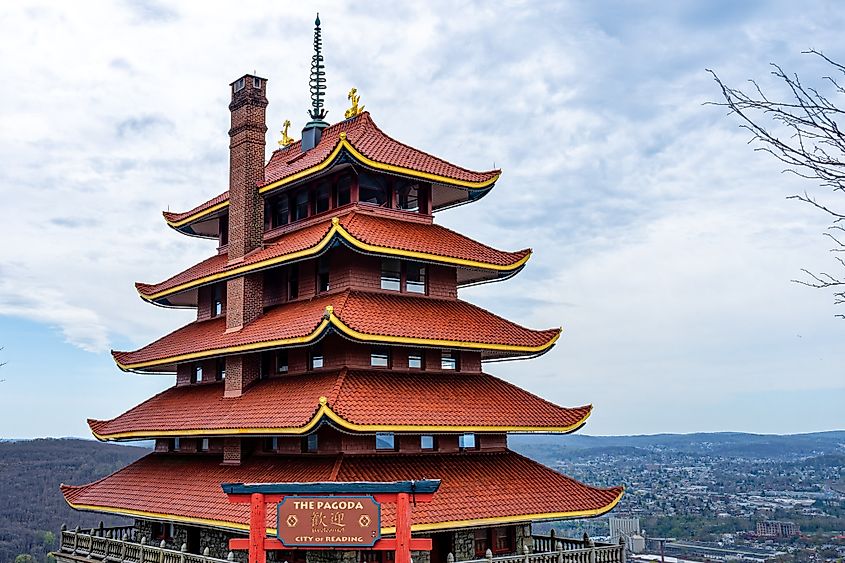
The Reading Pagoda is a much-loved landmark atop Mount Penn in Reading. The pagoda was built in 1907 by William Abbott Witman, Sr., from the nearby Witman stone quarry, as a seven-story luxury resort to compete with nearby mountaintop resorts in the Catskills, the Poconos, and popular mineral springs getaways in Pennsylvania and New Jersey. Set on 10 acres in Reading, the design is based on the Japanese pagoda style. Despite Witman’s dreams of grandeur, the pagoda never became a luxurious resort; it has been chiefly used as a public observatory since 1911. Today, the pagoda is undergoing renovations, and while the building is closed, the grounds remain open.
Westinghouse Atom Smasher, Forest Hills
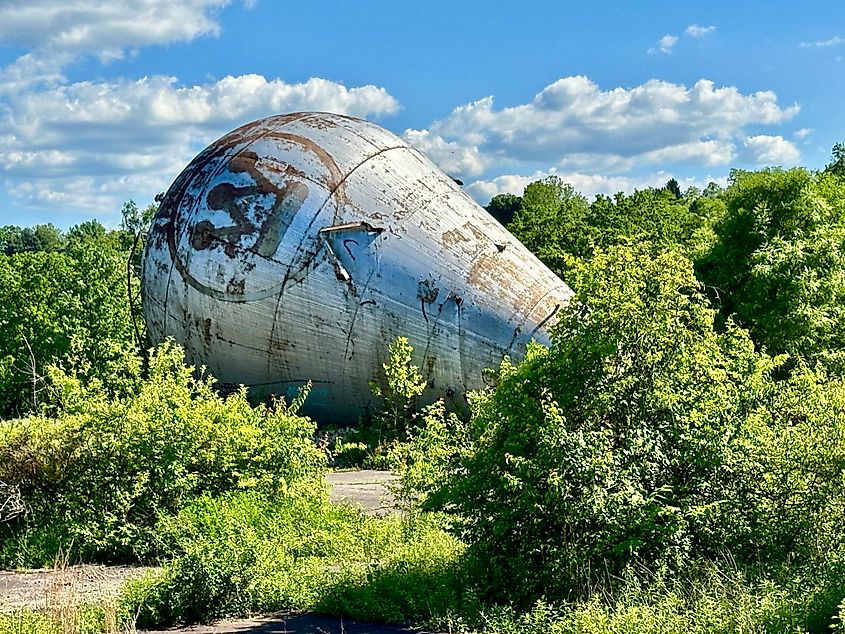
The Westinghouse Atom Smasher, built in 1937 in Forest Hills, Pennsylvania, was the first large-scale Van de Graaff generator in the United States and a major stepping stone in the development of nuclear physics. The towering machine generated massive static electric charges, the same principle behind those science museum domes that make your hair stand on end. Inspired by the work of American physicist Robert J. Van de Graaff, Westinghouse was ahead of the curve, betting big on nuclear power and smashing atoms long before it was cool. The Atom Smasher was retired in the 1950s, rendered obsolete by newer, more powerful particle accelerators.
Today, it lies quietly on its side in a field in suburban Pittsburgh, an enormous relic of a once-cutting-edge dream, now more sculpture than science. You won’t find this bizarre landmark on many tourist maps, but there is a small historical marker near the site, a subtle nod to a machine that once aimed to crack the code of the universe. Peek through the fence for a look at the atom smasher before nature claims it.
Pied Piper, Schellsburg
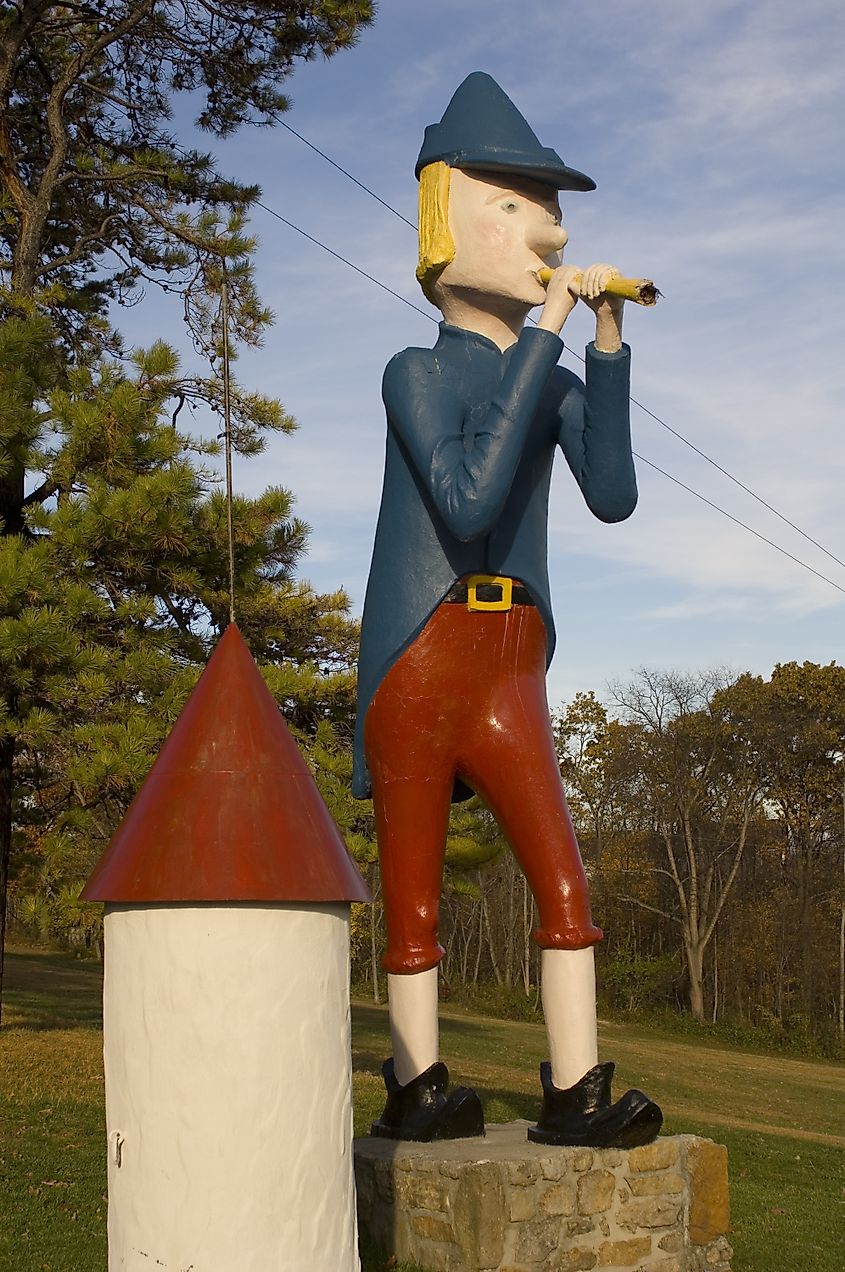
The Lincoln Highway was the first transcontinental road built for cars in the U.S. Dedicated in 1913, the coast-to-coast highway winds its way over 3,000 miles from New York City to San Francisco. In most of Pennsylvania, it’s known as Route 30. Along the route, road trippers can learn more about the highway by stopping at the Lincoln Highway Experience, a museum with vintage cars, exhibits on early 20th century road travel, a restored 1938 diner, and more, or by driving the Lincoln Highway Heritage Corridor, a 200-mile stretch of the historic highway complete with roadside interpretive murals and exhibits. Along the Lincoln Highway Heritage Corridor, you can also see a bizarre landmark, an 18-foot-tall colorful statue of the Pied Piper, who guarded the entrance to the Storyland amusement park from the 1950s until it closed in the mid-1980s. The statue is now located on private property, so feel free to snap some IG-worthy photos from inside your car.
Village Diner, Milford
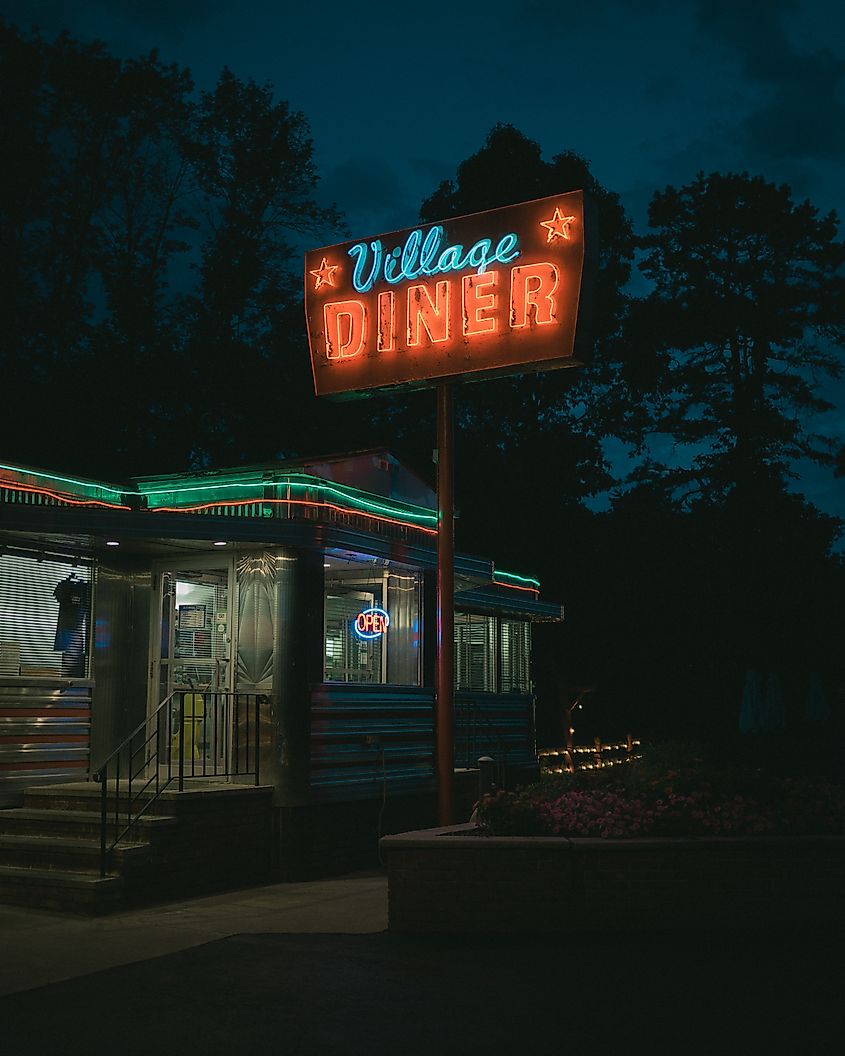
The Village Diner in Milford was established in 1956 by the Mountain View Diners Company, a diner manufacturer founded in 1939 by Henry Strys and Les Daniels. The diner is one of the few stainless-steel diners left in the United States. However, a few of the prefab diners are still scattered across New Jersey, like the Pink Cadillac Diner in Wildwood, the Key City Diner in Phillipsburg, and the Colonial Diner in Lyndhurst. A throwback to diners of days gone by, there’s a pink and green tiled bar, chrome barstools, and cozy, authentic booths.
The Village Diner serves breakfast, lunch, and dinner. You can choose from a variety of comfort foods, like omelets, pancakes, French toast, and burgers, or go wild and order the diner’s famous Disco Meatloaf, Mississippi Pot Roast Taco, or Veal Cutlet Parm with Spaghetti.
Serenity Glass Park, Port Allegany
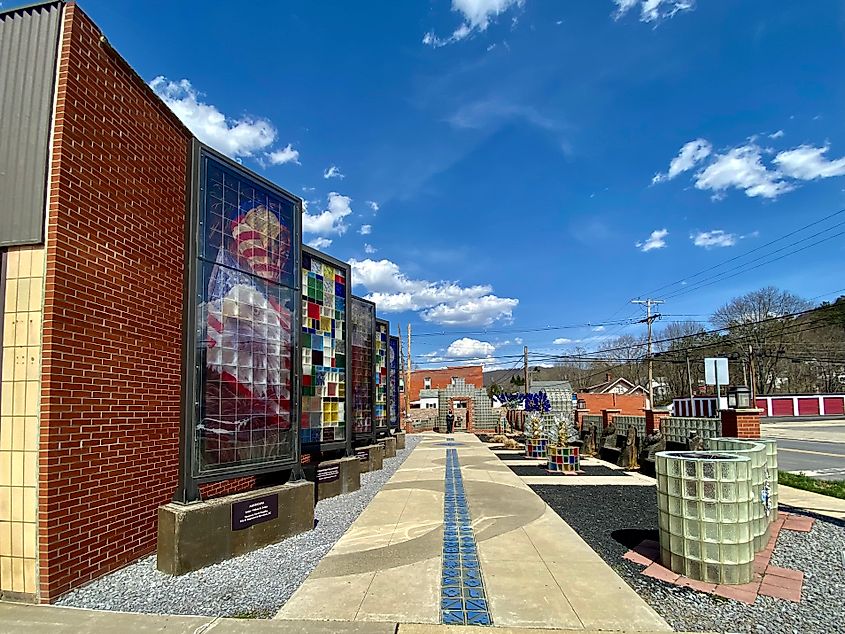
Serenity Glass Park is a unique landmark in Port Allegany, located in the Pennsylvania Wilds region. Situated along historic Route 6, a transcontinental highway stretching from Bishop, California, to Provincetown, Massachusetts, the park pays tribute to Port Allegany’s legacy of glass manufacturing, particularly its production of glass blocks. The small space features tall etched-glass towers, glass bottle trees, custom planters, wire-and-glass sculptures, and more. Visitors can also stroll along winding pathways to view mosaics created by local artists, many of which incorporate reclaimed glass from the town’s factories. It’s a thoughtful and creative example of how a small community can honor its industrial roots through public art and shared memory.
Clothespin, Philadelphia
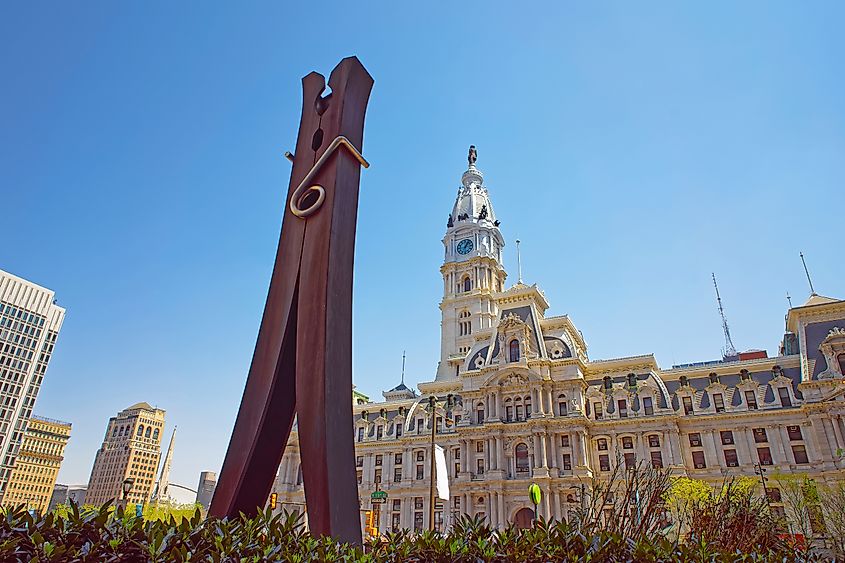
When Philadelphia’s 45-foot-tall steel clothespin was unveiled in 1976 as part of the city’s Bicentennial, it literally made a heavyweight impression. Crafted from durable Cor-Ten (weathering) steel, the sculpture weighs an estimated 10 tons, and its rust-hued surface now greets thousands of passersby each day in Centre Square Plaza. Clothespin faces the 36-foot-tall sculpture of the founder of Philadelphia, William Penn, atop City Hall, creating a surreal standoff between colonial idealism and pop-art irreverence with William Penn gazing solemnly over his city, and a giant laundry clip staring back at him.
Clothespin was created by Claes Oldenburg, an artist known around the world for bringing new interpretations to everyday objects and supersizing them. Today, Clothespin is one of the most beloved and iconic sculptures in the City of Brotherly Love. Locals affectionately know it as “the Kiss” because the two arms resemble embracing lovers.
Summarizing Thoughts
More than just physical structures or quirky sights, landmarks help people connect with the past, giving tangible shape to stories that define a place and its people. Whether it’s a towering pagoda overlooking a city, a roadside sculpture that reminds us of our childhood, or a tiny chapel built from a promise, these landmarks spark curiosity. In a world that moves fast, these eight most bizarre landmarks in Pennsylvania give tourists a chance to slow down, wonder, remember, and celebrate what makes each community unique.
